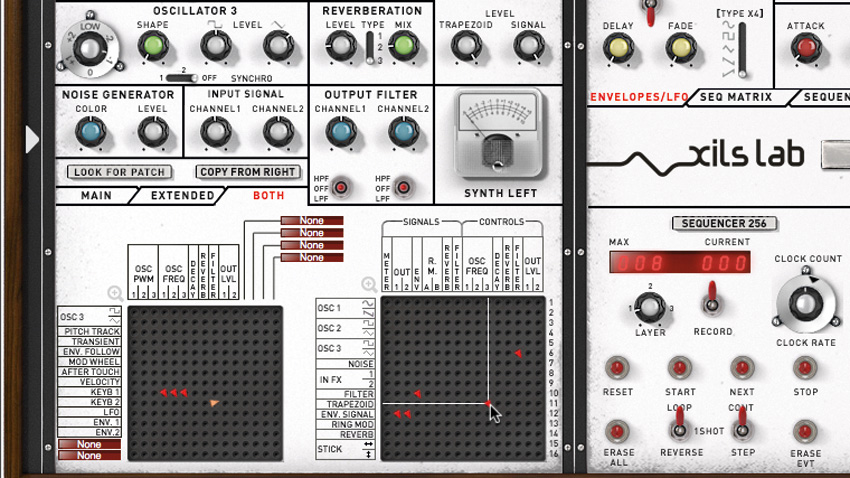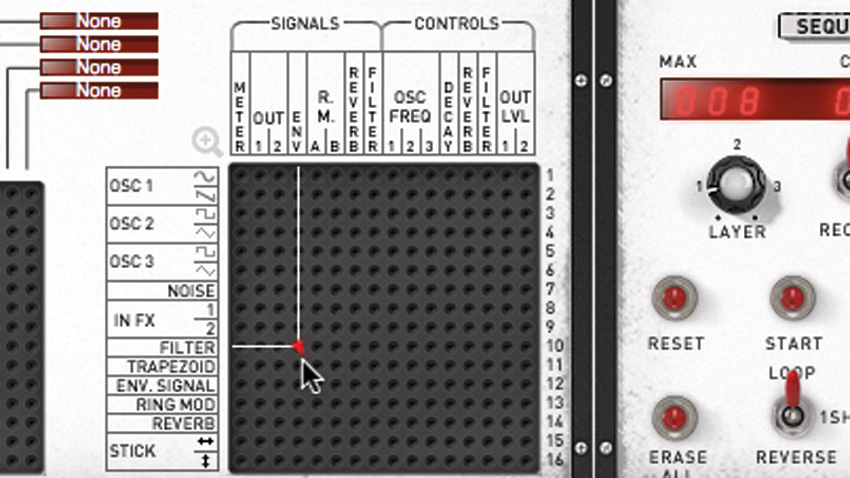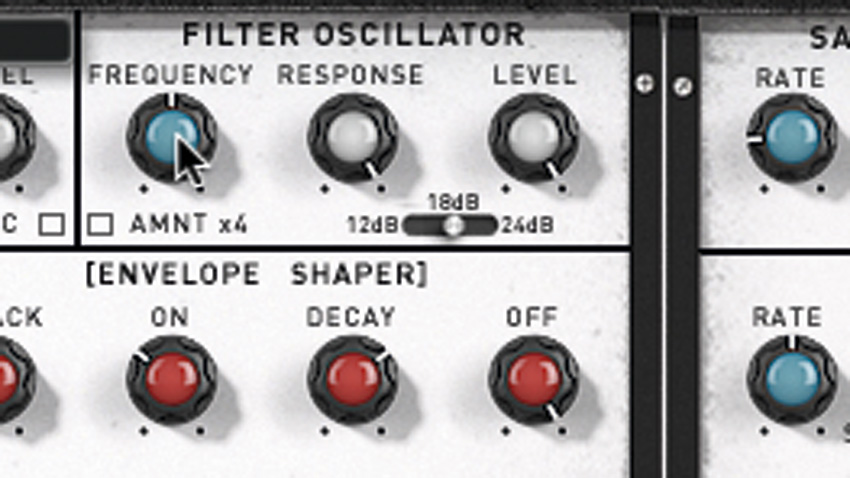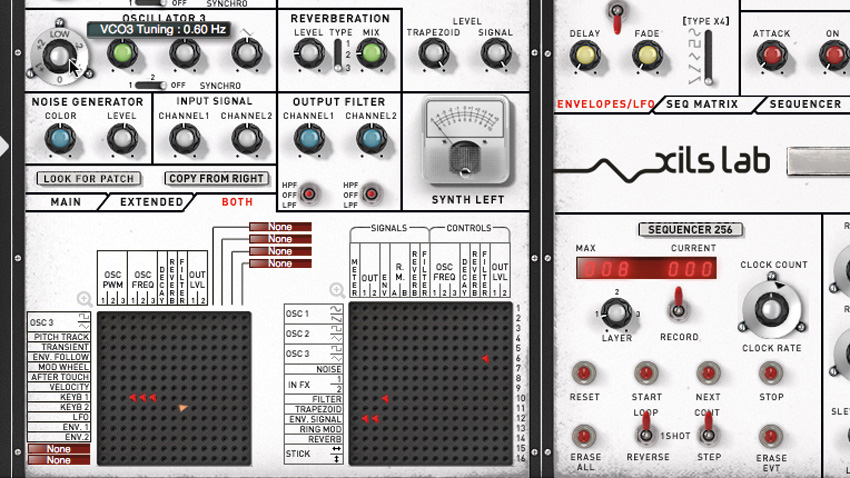How to create classic EMS-style FX in your DAW
The VCS 3's modulation matrix made it a synthesis force to be reckoned with…

Everything about EMS was different, and it did things its own special way, as exemplified by the now legendary VCS 3.
A semi-modular instrument, routing was accomplished by sticking colour-capped pins into a 16x16 matrix. You could route anything to anything, even sending sources back into themselves. Audio or voltage source - it didn't matter. The possibilities were compounded by the lousy crosstalk of the matrix connections - you never knew quite what you'd get with a VCS 3.
As such, the VCS 3 can leave even seasoned synthesists scratching their heads. To make matters more confusing, this was before the four-stage ADSR envelope generator became the de facto standard. The EMS envelope was a strange trapezoidal affair with knobs for Attack, On, Decay and Off. This last set up a looping auto-play that was crucial in an instrument initially released sans keyboard.
Still, there are some 'friendly' aspects, like the three oscillators with four waveshapes divided among them, a tasty filter (based on a diode-ladder, not unlike that which would later appear on the Arturia MiniBrute), noise, ring modulation and reverb.
The VCS 3 would be rearranged and fitted into a portable suitcase, dubbed the Synthi A. A touch keyboard and sequencer could be added, creating the Synthi AKS. The VCS 3's own matching keyboards, the velocity-sensitive DK1 and duophonic DK2, added a fourth oscillator.
EMS continued to repackage the technology throughout the 1970s - most notably in the massive Synthi 100 - and released a few other oddities, including a guitar effects unit (the Hifli) and a vocoder, but it was the VCS 3 and Synthi A that have withstood the test of time - they're both available via special order even today, though at fairly exorbitant prices.
Software takes on it include apeSOFT's iVCS3 for the iPad, the free KX-Synth-F16 for Windows, and Computer Music's XILS 3 CM and it's grandaddy, XILS-lab's XILS 4, the two of which are the focus of this walkthrough.
Want all the hottest music and gear news, reviews, deals, features and more, direct to your inbox? Sign up here.
For more on vintage synth emulation, grab Computer Music 218, which is on sale now.

Step 1: Let's create a classic, squelchy EMS-style effect. You can follow this tutorial using XILS 4 or XILS 3 CM (included with every issue of Computer Music magazine). Call up the Init 2Osc Left patch from XILS 4's Factory bank or Init 2Osc in XILS 3 CM. Notice the 'pin' matrices in the lower-left - right-click on any pin to delete it. In fact, delete all pins in the right-hand matrix.

Step 2: In the matrices, the vertical axis on the left represents sources, while the horizontal axis at the top represents destinations. By inserting pins, you can connect the synth's modules as you please - it's a modular synth, but with pins instead of patch cables! Find the junction where the Filter source intersects with the Env destination and click to insert a pin.

Step 3: The Filter is now routed through the envelope generator. Find where the Env. Signal source intersects with Out 1 and Out 2 and add a pin to each to connect the envelope to the synth's main output. In the Filter oscillator section, turn the Response knob to full, causing the filter to self-oscillate. Set the Frequency to about 12 o'clock.

Step 4: Now, back in the large right matrix, find where the Osc 3 triangle source meets the right-most Filter destination in the Controls section and connect them with a pin. Osc 3 now modulates the filter Frequency. Go to the Oscillator 3 section and turn the outer ring of the large knob to Low to switch Osc 3 into its LFO mode. The inner knob should be set to 0.60Hz.

Step 5: Turn Osc 3's Triangle Level up to 67% and the Shape knob all the way down to get a saw/ramp waveform. Now, let's modulate the modulation rate. Back in the right-hand matrix, find where the Trapezoid source meets the Osc 3 Freq destination. Click to insert a pin. Now the envelope shape should control the rate of Osc 3. Give it a try.

Step 6: Down in the Matrix area, click the Main tab to show just the main matrix and joystick. Find where the horizontal Stick source meets with the rightmost Filter destination and connect them. Connect the vertical Stick throw to Osc 3 Freq. Now, play and hold notes and waggle that stick for a retro synth effect that's got EMS written all over it.
Computer Music magazine is the world’s best selling publication dedicated solely to making great music with your Mac or PC computer. Each issue it brings its lucky readers the best in cutting-edge tutorials, need-to-know, expert software reviews and even all the tools you actually need to make great music today, courtesy of our legendary CM Plugin Suite.
